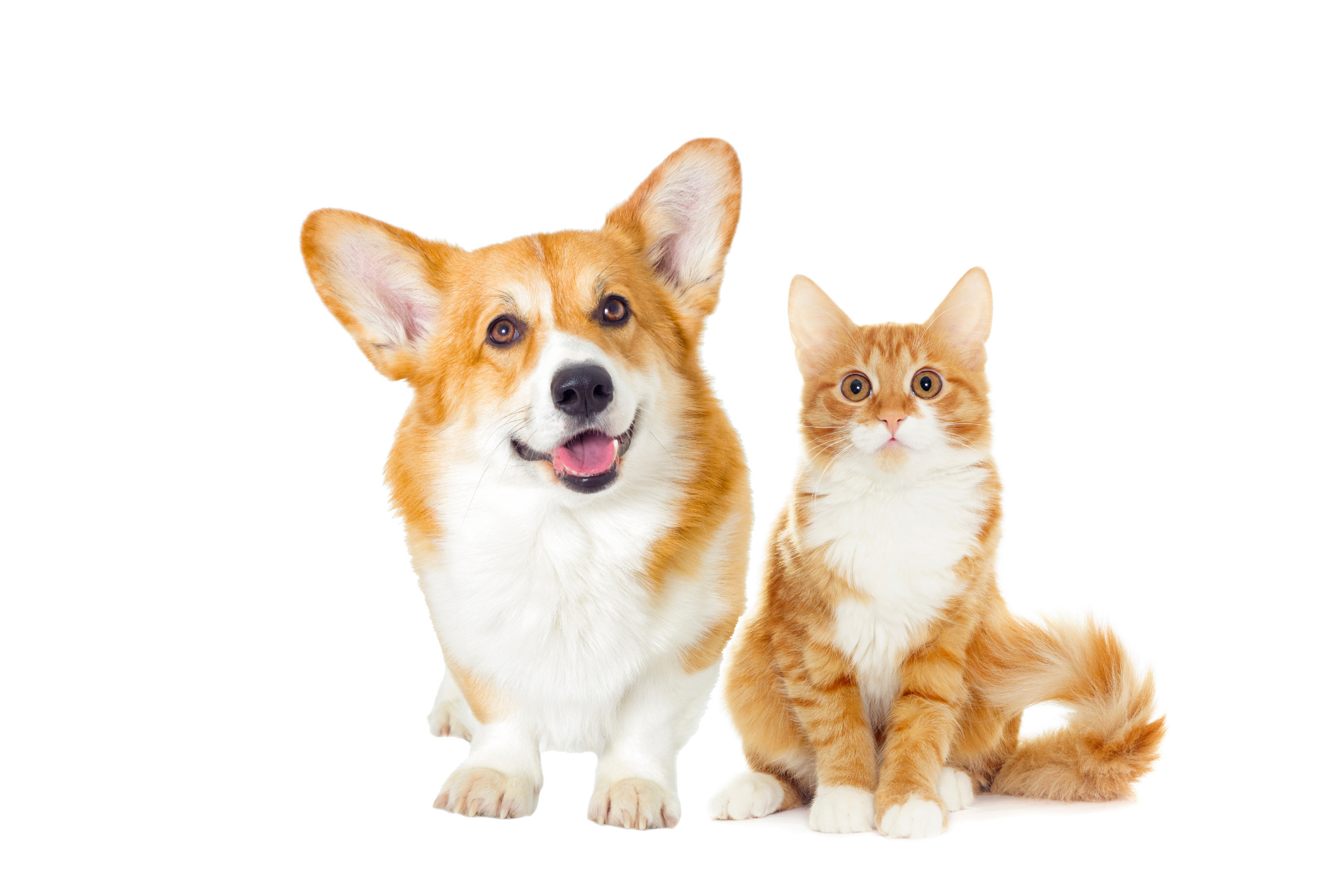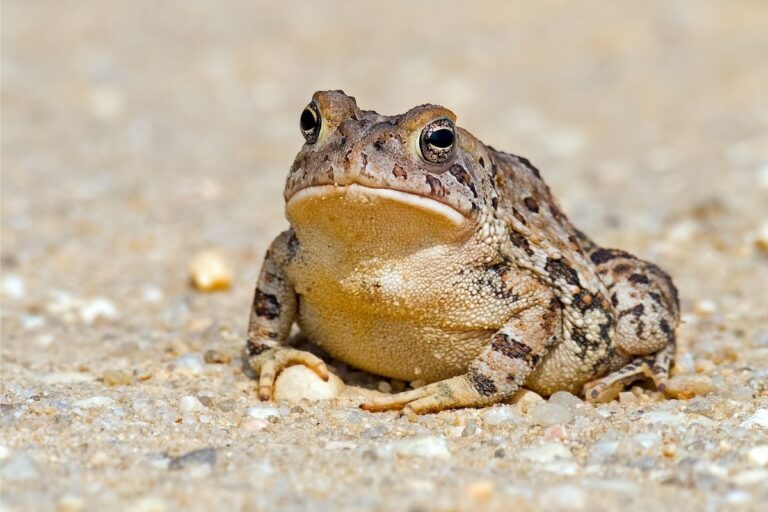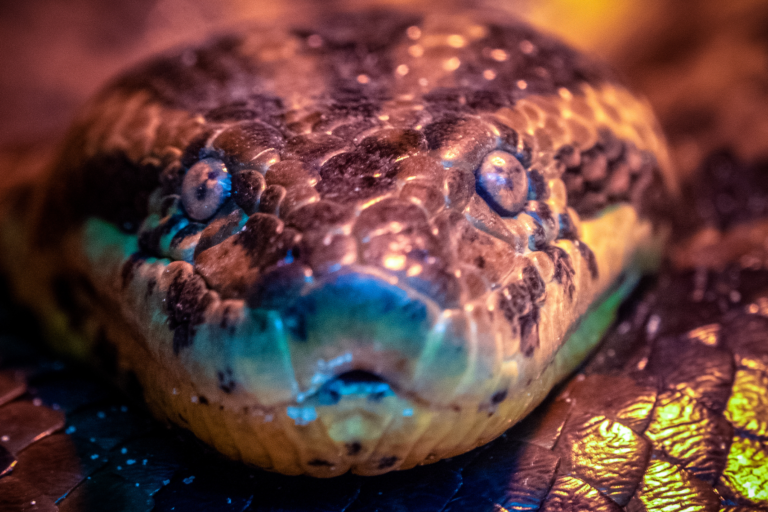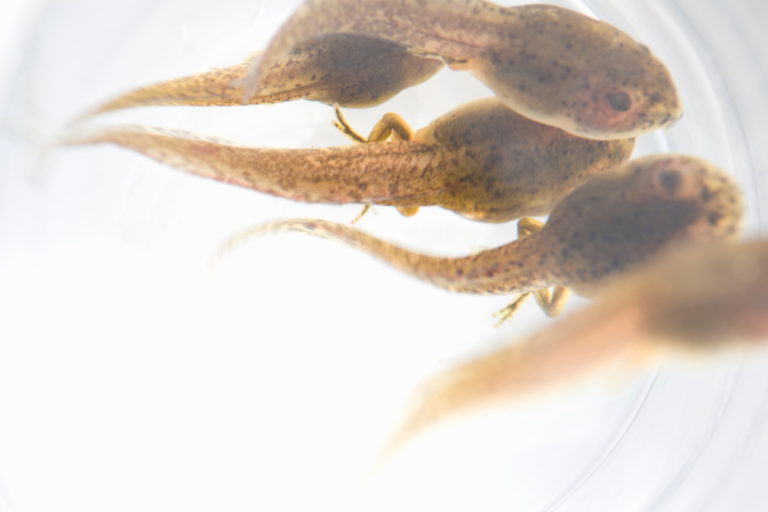40+ Fantastic Facts About Cats and Dogs
Last Updated on November 10, 2023 by Shu
In this article we’re going to share some amazing facts about cats and dogs. Cats and dogs have worked their way into the lives of humans over the course of thousands of years. Today they are our best friends, protectors, personal jesters, and some are even working members of our society.
These wonderful companion animals deserve some recognition for all of the benefits they bring us, which is why we have taken the time to make a list of 15 fascinating facts about dogs and cats. Since these furry friends are seemingly everywhere, you may know a decent amount about them, but here are some lesser-known facts about dogs and cats that pique your interest.

Top 15 Facts about Cats and Dogs
1. There are cat breeds that have curly fur.
Cats are known for being soft, fluffy, and sometimes they can even be bald, but what about curly. There are a few rare cat breeds with curly fur and even one with wavy fur. The Devon Rex is one such feline, and despite the breed’s distinct face shape, their short and soft wavy fur is considered to be one of the breed’s biggest distinguishing factors.
2. Dogs can smell everything, even low blood sugar.
The fact that dogs have an amazing sense of smell is no surprise to most people, but did you know they can smell low blood sugar? Yes, a human condition that we do not associate with a smell is identifiable to trained dogs. These loyal companions can warn their humans when their blood sugar and even bring their humans a sugary drink to help ensure their safety.
3. Greyhounds can reach a running speed of 45 miles per hour.
The long, lean build of a greyhound isn’t just iconic; it’s built for speed. These dogs are lean and light, with a deep chest for big lungs and just enough muscle to reach 45 miles per hour without being weighed down. A well-bred and well-trained greyhound can easily fly past even the fastest human runners as well as many other speedy mammals.
4. Cats sleep between 13 to 16 hours every day.
Does it seem like you always seem to come across cats when they are sleeping? Well, that is because cats sleep for the majority of the day. The average cat sleeps13 to 16 hours every day, which means most cats will spend almost ⅔ of their life taking a nap!
5. Cats’ and Dogs’ nose prints are as unique as a human’s fingerprints.
Pawprints may not have the same markings as fingerprints, but our pets still have defining marks; they just exist on their noses. Dogs and cats have distinct patterns on their noses that they retain throughout their lives. These patterns are unique to each individual, just like fingerprints!
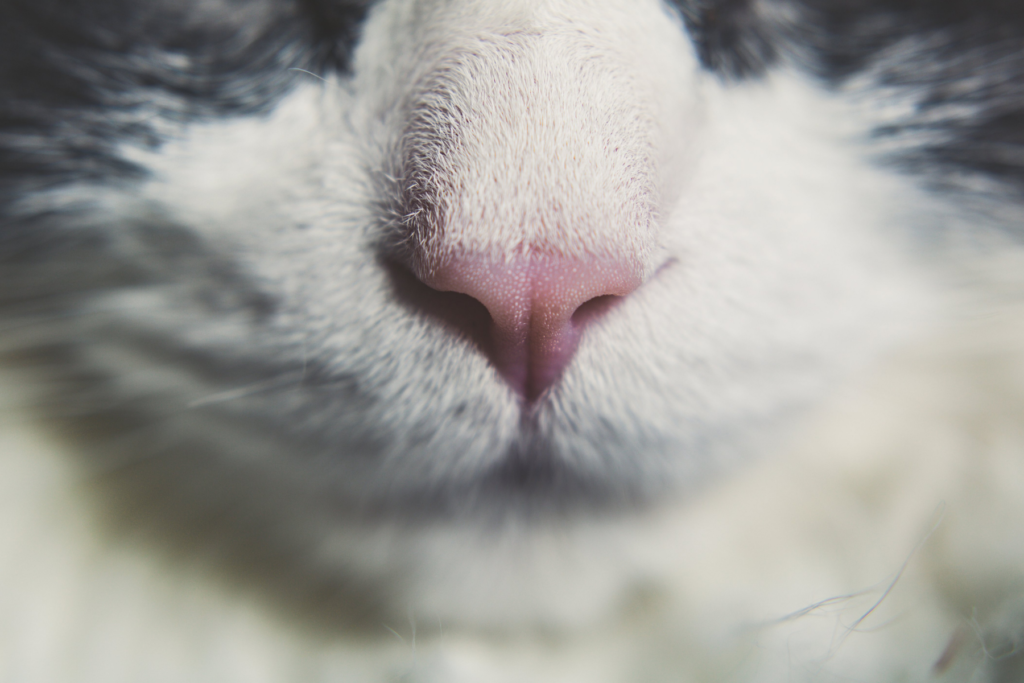
6. Both cats and dogs have gone to space!
Dogs and cats are not just man’s best friends; they are also astronauts’ best friends. In the early ages of space travel, these companion animals bravely boarded space crafts and explored space travel while scientists were still refining methods to facilitate human space travel. While many of these animals’ names were lost to history, they paved the way for modern space exploration.
7. Cats use meows to communicate with humans more than other cats.
If you watch a cat interact with other cats, you are unlikely to hear them meow. This is because meowing is a communication that is commonly reserved for kittens and their mothers; however, cats also use this communication with their owners. While scientists still debate why cats choose to communicate with humans through meows, this unique communication behavior is thought to be related to the domestication process.
8. Yawning is as contagious for our dogs as it is for us.
If you have a dog, look them in the eyes and fake a big yawn. Did they yawn back? This is because they are susceptible to the same contagious yawn phenomenon as humans are. You may even catch yourself yawning after you see your dog yawn!
9. Dogs can interpret human facial expressions.
Very few animals have the intricate facial expressions that humans do, and as a result, not many species besides our own can interpret the meaning of our facial expressions. Dogs, however, are an impressive exception. Studies have shown that dogs have a concept of the meaning behind basic human expressions such as anger and joy, an ability that is believed to be the result of hundreds of years of co-evolution.
10. Cats and dogs don’t sweat through their skin; instead, they sweat through their paws.
No matter how hot it gets, you will never feel your dog or cat sweat, so how do they cool down? Dogs and cats don’t have sweat glands in their skin, but they do have them in their paws. This is why getting wet can help your pet cool off on hot summer days.
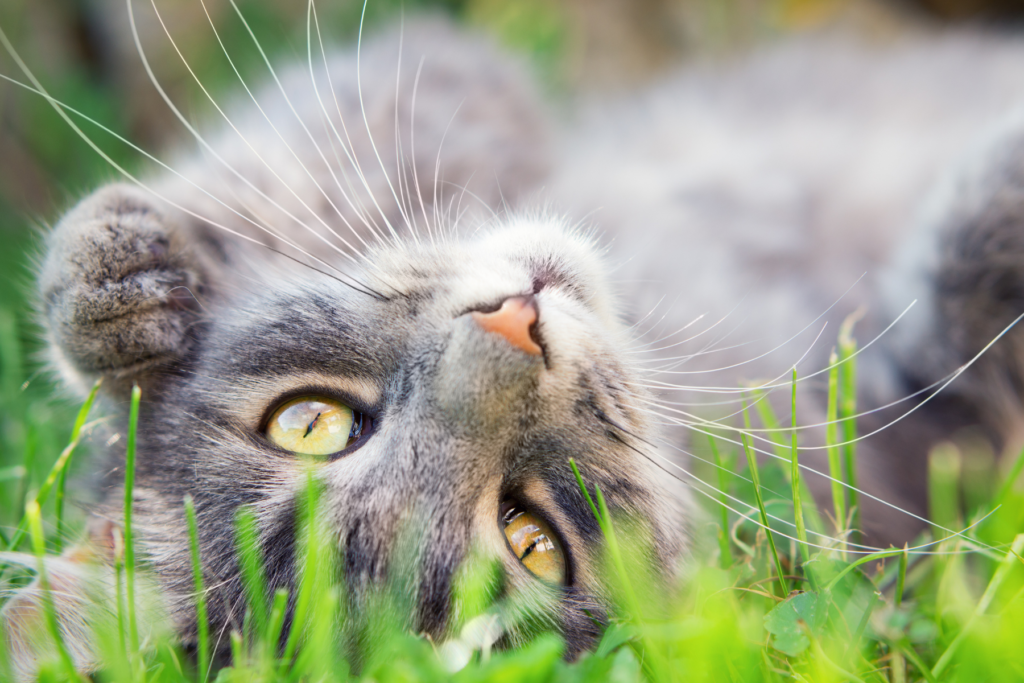
11. Cats are obligate carnivores, while dogs are more omnivorous.
Much like their distant big cat relatives, domestic cats are carnivores. Their fangs, claws, and impressive hunting skills prove this point. On the other hand, dogs tend to engage in scavenging behaviors alongside hunting behaviors, and they are suited to a mix of food sources, making them omnivorous.
12. A healthy adult cat can generally jump six times its body height.
If you measure a cat from its feet to its shoulders and multiply by 5 or 6, you can estimate how high they can jump. For most cats, this comes to 5 of 6 feet, but the longest cat jump on record is currently at seven feet. Imagine what life would be like if you could jump seven times your height!
13. Dogs and cats both have a paw preference, much like right or left-handedness in humans.
Research has shown both dogs and cats to express a preference in their handedness. A study in cats found that a majority of cats expressed a right-paw preference, and some even expressed a similar preference for both paws, much like ambidextrous people. This may seem like a silly study, but it highlights the impressive similarities between e human and animal brains. We may share a lot more with our pets than we think.
14. Dogs and cats both use their tongues to lap up water.
Dogs and cats do not have the same muscular control over their lips that we do. As a result, they can not create a sucking motion to drink water, and they depend on their tongues instead. Cats move their tongues in a way that flicks a jet of water up and into their mouths, while dogs’ tongues scoop water up like a spoon. At normal speed, these distinctions are nearly impossible to identify, so you will need to use a slow-motion camera to see these drinking tactics for yourself.
15. Cats have survived falling from over 65 feet!
Cats are known for having nine lives, and part of that folklore is due to their ability to survive impressively high falls. Cats have been recorded as surviving from falls as high as 65 feet, a height that could kill most people. The science behind their survival is complex, but it has to do with their ability to right themselves in the air and absorb the impact upon landing, something humans aren’t built to do.
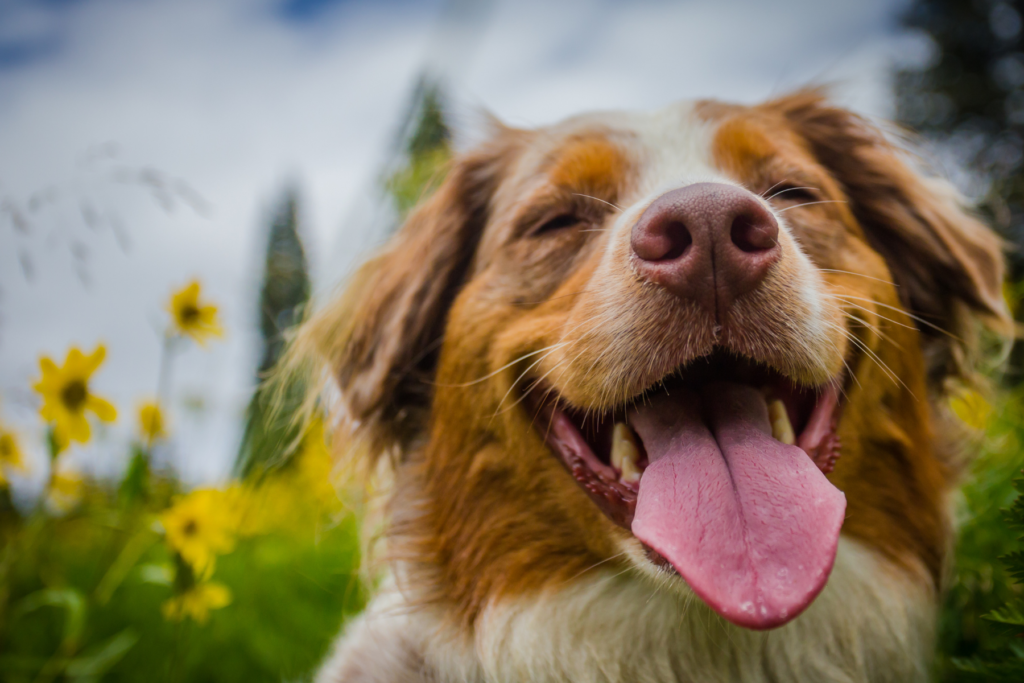
More Interesting Facts About Cats and Dogs
- Cats can jump up to 6 times their length
- Cats can’t see under their nose
- Dogs can hear much softer noises than humans
- The world’s largest dog is a Mastiff named Zorba who weighed 343lbs
- A group of kittens is referred to as a ‘kindle’
- The majority of cats are lactose intolerant
Unusual Facts About Cats and Dogs
- Some cats can swim
- 1/3 of Dalmatians are deaf in one ear
- Cats have 230 bones, which is more than humans have
- Dogs raised in the city tend to live longer than those in the country on average
- Cats walk on their toes
- The world’s oldest dog lived to be 29 years and 5 months and was named Bluey

Weird Facts About Cats and Dogs
- Both cats and dogs are pregnant for a period of 50-60 days before giving birth
- Dogs actually prefer to poop along earth’s north-south magnetic axis
- The world’s oldest cat lived to 36 years and 1 day
- Cats and Dogs use their whiskers to feel changes in their environment
- Most cats and dogs have 18 toes
- Female cats can get pregnant as soon as 4 months old
Fun Facts About Cats and Dogs
- The United States has the highest population of domestic dogs and cats in the world
- The poodle and border collie are two of the smartest dog breeds
- Cats don’t meow to communicate with each other. Meows are reserved for people!
- Bloodhound have an extremely accurate sense of smell.
- Cats and Dogs can both dream just like people
- Cats spend up to 1/3 of their time grooming themselves
Final Thoughts About Cats and Dogs
Our feline and canine companions are present in our daily lives, and as a result, we tend to see them as average in comparison to their wild counterparts. However, domestic dogs and cats are full of impressive capabilities and surprises that enrich our lives. There is still so much to learn about our four-legged companions, and scientific advancements in understanding our pets could lead to improvements in our lives as well!

